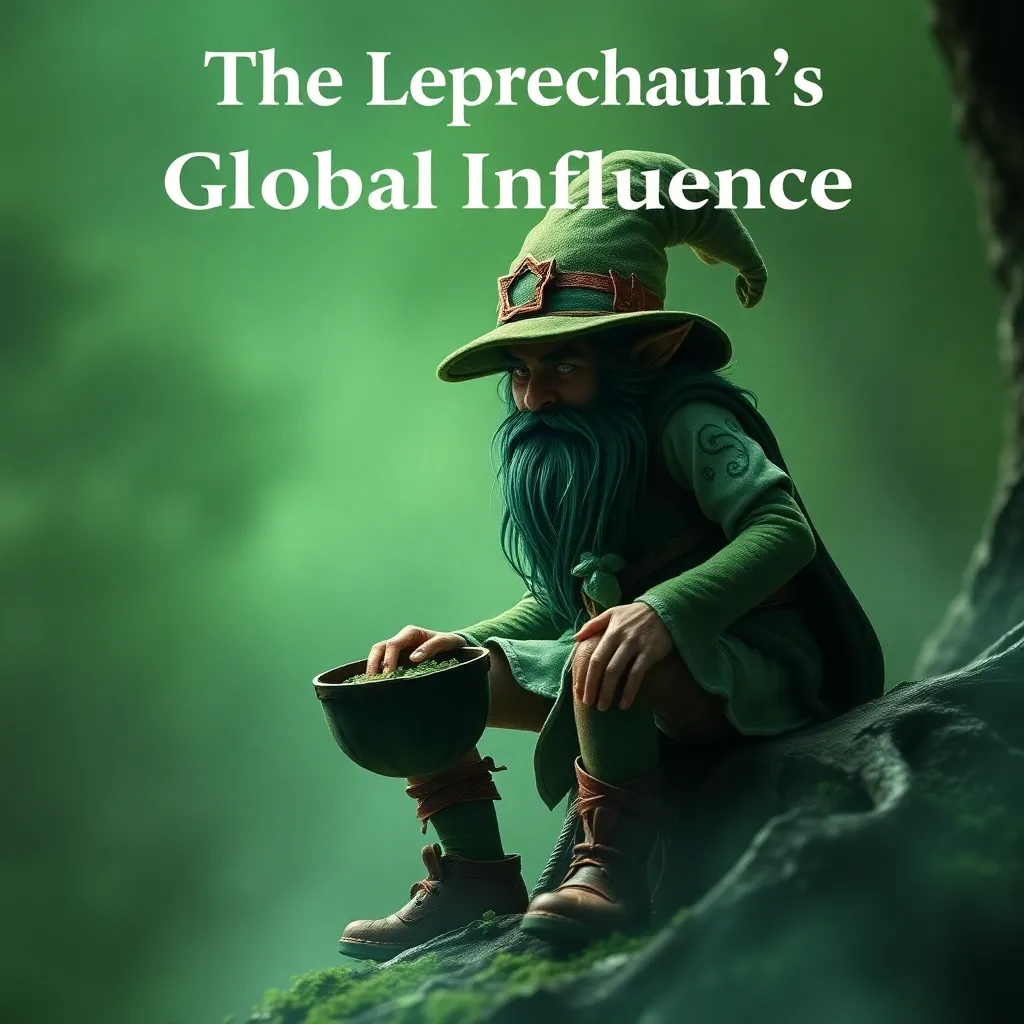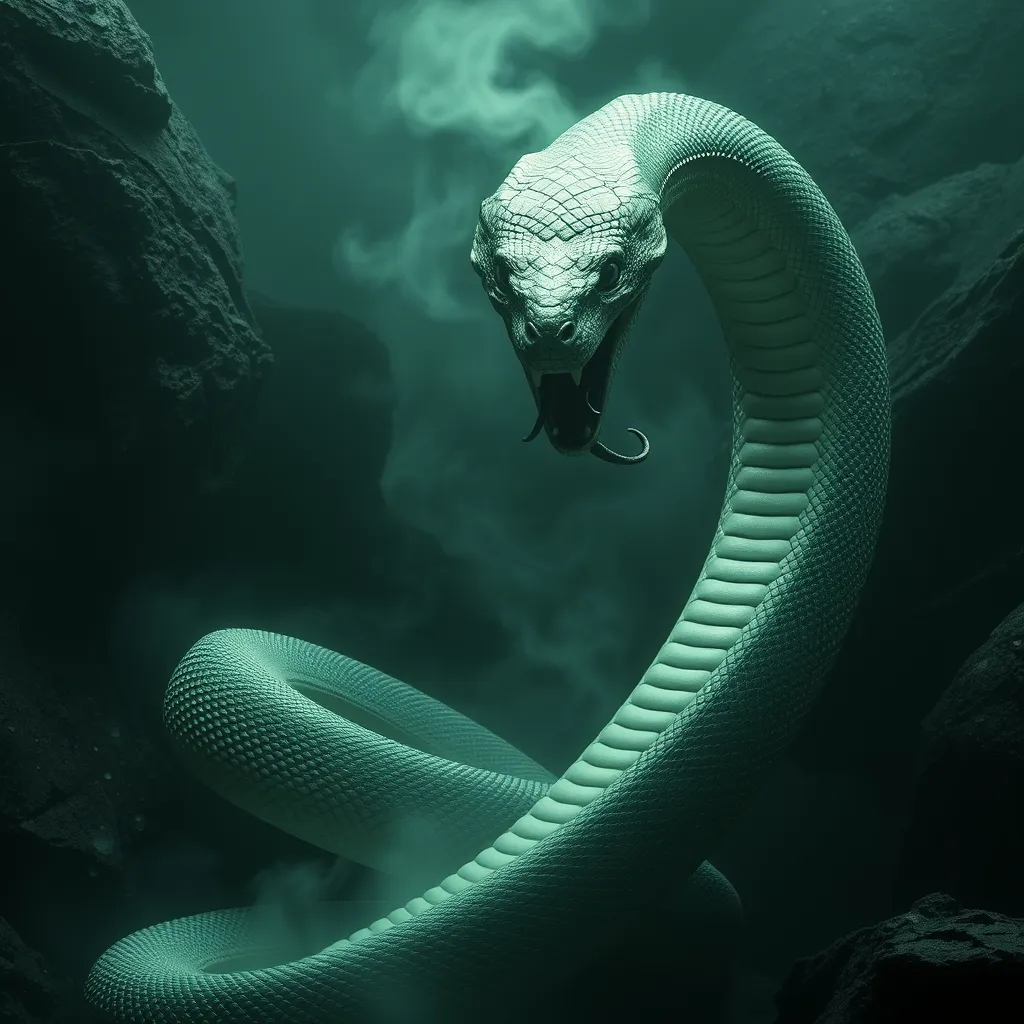The Yeti: A Cultural Icon? Exploring the Creature’s Place in Art and Folklore
I. Introduction
The Yeti, often referred to as the “Abominable Snowman,” is a legendary creature said to inhabit the Himalayan mountains. This elusive being has captured the imagination of people around the world, becoming a symbol of mystery and the unknown. The Yeti’s cultural significance extends beyond mere folklore; it represents the intersection of nature, mythology, and human curiosity.
This article aims to explore the Yeti’s role in art and folklore, examining its historical origins, its presence in various cultures, and its impact on modern society. As we delve into the legend of the Yeti, we will uncover its multifaceted representation in art, literature, and tourism, as well as its relevance in contemporary discussions.
II. Historical Origins of the Yeti Legend
The legend of the Yeti has a rich historical background, with early accounts and sightings that date back centuries.
A. Early accounts and sightings
One of the earliest recorded sightings of the Yeti comes from a 19th-century British explorer, who noted large footprints in the snow during his travels in the Himalayas. This sparked interest and curiosity, leading to further expeditions in search of the creature.
B. Influence of Himalayan geography on the Yeti myth
The rugged and remote geography of the Himalayas has played a significant role in shaping the Yeti myth. The vast, snow-covered landscapes provide an ideal backdrop for stories of elusive creatures, where the harsh environment can easily conceal beings that remain unseen.
C. The Yeti in ancient texts and indigenous stories
In addition to modern sightings, the Yeti appears in ancient texts and indigenous stories. Tibetan folklore often speaks of a creature known as the “Migo,” a being that shares similarities with the Western concept of the Yeti. Such narratives emphasize the deep-rooted connection between the Yeti and the cultures of the region.
III. The Yeti in Folklore
The Yeti is not merely a single narrative; it encompasses a variety of stories across different cultures.
A. Variations of Yeti stories across cultures
Across the globe, numerous cultures have their own versions of the Yeti, each with unique characteristics and tales. For instance:
- The Sherpa people refer to the Yeti as “Mete,” depicting it as a guardian of the mountains.
- In Bhutan, the Yeti is known as “Drokpa,” a creature associated with the wilderness.
- In Western cultures, the Yeti is often compared to Bigfoot or Sasquatch, sharing similarities as an elusive ape-like creature.
B. The Yeti as a symbol of nature and wilderness
Throughout folklore, the Yeti often embodies the spirit of nature and wilderness, representing the untamed aspects of the natural world. It serves as a reminder of the mysteries that lie beyond human understanding, evoking a sense of wonder and respect for the environment.
C. Comparisons to other mythical creatures
The Yeti’s presence in folklore invites comparisons to other mythical creatures, such as:
- Bigfoot: Found in North American folklore, Bigfoot shares many characteristics with the Yeti, including its elusive nature and giant footprints.
- Ogopogo: This lake monster from Canadian folklore parallels the Yeti’s mythical status, as both creatures evoke curiosity and fear.
IV. The Yeti in Art and Literature
The Yeti has been a source of inspiration in various artistic mediums, influencing both historical and contemporary works.
A. Artistic representations of the Yeti in various mediums
Artists have depicted the Yeti in paintings, sculptures, and illustrations, often reflecting the creature’s mythical status. These representations vary from realistic portrayals to more fantastical interpretations that emphasize the Yeti’s mystique.
B. The Yeti in modern literature and popular culture
In modern literature, the Yeti appears in numerous novels and stories, often as a central figure in adventure tales. Popular culture has embraced the Yeti, incorporating it into movies, cartoons, and video games, ensuring its relevance in contemporary narratives.
C. Analysis of the Yeti’s portrayal in film and media
Films such as “The Abominable Snowman” and animated features like “Smallfoot” have shaped public perception of the Yeti, presenting it as a misunderstood creature rather than a mere monster. This shift in portrayal illustrates the evolving nature of the Yeti in media.
V. The Yeti and Scientific Exploration
The search for the Yeti has piqued the interest of adventurers and scientists alike, leading to numerous expeditions aimed at uncovering the truth behind the legend.
A. Expeditions and research surrounding Yeti sightings
Countless expeditions have been launched to find evidence of the Yeti, with researchers analyzing footprints, hair samples, and other potential clues. Despite these efforts, definitive proof of the Yeti’s existence remains elusive.
B. The impact of these explorations on public perception
The media coverage of Yeti expeditions has significantly influenced public perception, often straddling the line between skepticism and belief. While some view the Yeti as a myth, others remain captivated by the possibility of its existence.
C. The intersection of science and folklore
The ongoing quest for the Yeti highlights the intersection of science and folklore, where empirical research meets cultural storytelling. This dynamic relationship raises questions about the nature of belief and the human desire to explore the unknown.
VI. The Yeti as a Tourist Attraction
The Yeti has emerged as a significant tourist attraction in the Himalayan region, drawing visitors from around the world.
A. The role of the Yeti in promoting Himalayan tourism
The legend of the Yeti has been instrumental in promoting tourism in the Himalayas. Tour operators often include Yeti-themed treks and tours, enticing adventure seekers with the promise of encountering the mythical creature.
B. Yeti-themed souvenirs and experiences
Visitors can find a variety of Yeti-themed souvenirs, from plush toys to clothing, capitalizing on the creature’s popularity. Local artisans also create art and crafts inspired by the Yeti, adding an authentic touch to the tourism experience.
C. The economic impact of the Yeti myth on local communities
The Yeti myth has a tangible economic impact on local communities, generating income through tourism and creating job opportunities. This influx of visitors helps support local economies and preserve cultural heritage.
VII. Contemporary Interpretations of the Yeti
The Yeti continues to evolve in contemporary society, adapting to modern cultural contexts.
A. The Yeti in modern pop culture (memes, merchandise)
In recent years, the Yeti has found its way into memes and merchandise, becoming a playful symbol in online culture. This adaptation reflects the creature’s ongoing relevance and appeal to younger generations.
B. Changing perceptions of the Yeti in a global context
Globally, perceptions of the Yeti have shifted from fearsome monster to a more nuanced figure, often representing environmental concerns and conservation efforts. This change highlights the Yeti’s adaptability as a cultural icon.
C. The Yeti’s relevance in discussions of environmentalism and conservation
As discussions around environmentalism grow, the Yeti symbolizes the need to protect natural habitats. Its association with the wilderness encourages advocacy for conservation efforts in the Himalayan region and beyond.
VIII. Conclusion
In conclusion, the Yeti stands as a powerful cultural icon, weaving its way through art, folklore, and modern society. Its significance transcends mere legends, representing humanity’s fascination with the unknown and the wilderness.
The lasting impact of the Yeti on art and folklore is evident in the numerous representations and interpretations that continue to emerge. As we look to the future, the Yeti’s relevance as a cultural symbol remains strong, inspiring new generations to explore the mysteries of the natural world.
![]()


